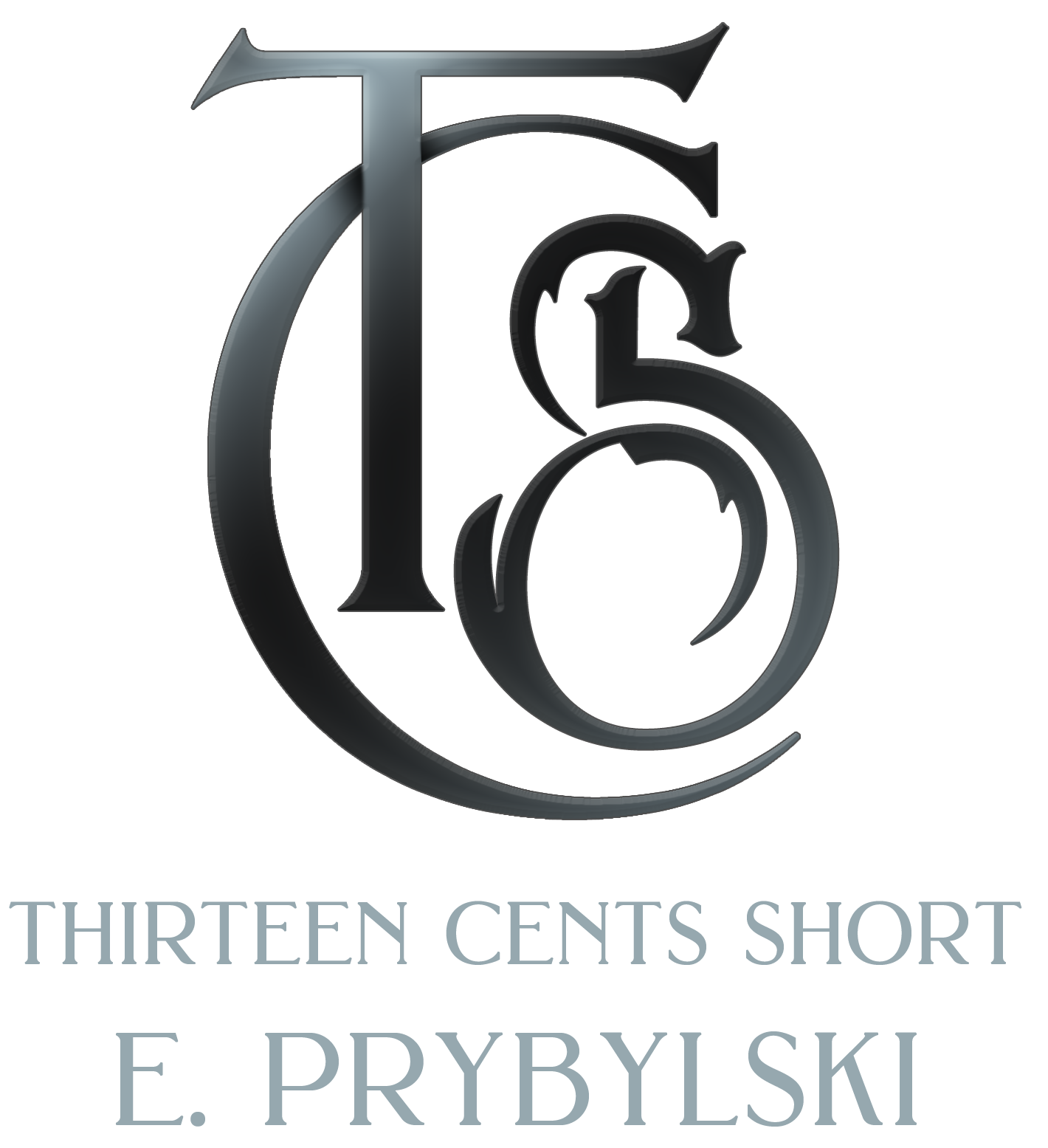I apologize again for missing my mark last week – I’ve recently started a new job and I was travelling still. I’m home and so my blog should be back to your regularly scheduled insanity.
Editing is a strange and intimidating thing for most authors – even if you’ve worked with peers and had friends look at your manuscript and critique it. Sending your work to a professional editor is like sending your kid off to college. You don’t know how well they’re going to do, if they’re going to pass at all, and if all the time and energy you’ve put into them are now being put to the test by people that could either put them out into the world as polished, professional adults or send them home scuffing their shoes and unable to pay the rent.
The first thing you need to do is trust your editor. Does that mean never second-guess them or do your own research? Absolutely not. If you have questions, by all means ask them, look them up, or discuss them with your editor. But your editor usually knows best so trust them – they got into their position (if your publisher is reputable) because they know what they’re doing and have the experience, knowledge, and drive to help guide you through the process.
Okay, with that out of the way, the process – at least the way I run things, which isn’t how all editors do it – starts with me reading the whole manuscript, top to bottom. After that, I make notes about what I’d like to address and start at the beginning. However, this isn’t about my process, really, it’s about the author.
The author sends their manuscript in and waits a while (this is after they’re approved with us wanting to publish the work), sometimes up to a couple weeks. The waiting is probably pretty miserable but unfortunately it can’t be avoided; we’re a small company and don’t have enough employees to have a quick turnaround on everything. Then they get an email with the first few chapters edited (usually the first two or three) and notes about their manuscript that should be looked at (spacing, formatting, etc.) and suggestions on how to fix these problems.
They then work on the edits and (hopefully within two weeks) send them back. The process repeats itself until the book is finished. The first edits are a bunch of red lines, comments, and notes, telling them to strike this, fix that comma, add or remove this word, maybe “show, don’t tell” (I say that a lot) and other suggestions for change.
The only things I am absolutely adamant on and won’t budge about tend to be grammatical ones. I don’t let those go. But anything else? I’m willing to talk about just about anything else and help the author work their way around problems they might have in their writing but grammar I stick on.
Most everything else? Just basically sending the manuscript back and forth until both of us are happy. Also, sending cover art, contracts, and other notes back and forth between us and generally trying to build a rapport with the author – if I can work with them to make their manuscript the best it can then everyone is hopefully a positive part of the process.
I can’t speak for all editors and all policies and the way everyone else does it, but that’s what you’re facing when I work with you and it’s about what I’d expect is the case with most editors. I tell you this because that’s all that editing is. You don’t need to be scared or nervous of it – I know a lot of writers are. I’ve heard everything from “You don’t understand my work!” to “You’re trying to steal my story, aren’t you!?” and the truth is that neither of those is the case. Editing and editors aren’t your enemy, and the process isn’t as scary as many people might think it is.
The one thing I can tell you is that it’s work. Hard work. It’s absolutely not a walk in the park and certainly isn’t easy. But it’s not something to be afraid of – we’re not afraid to get our hands dirty, right?
